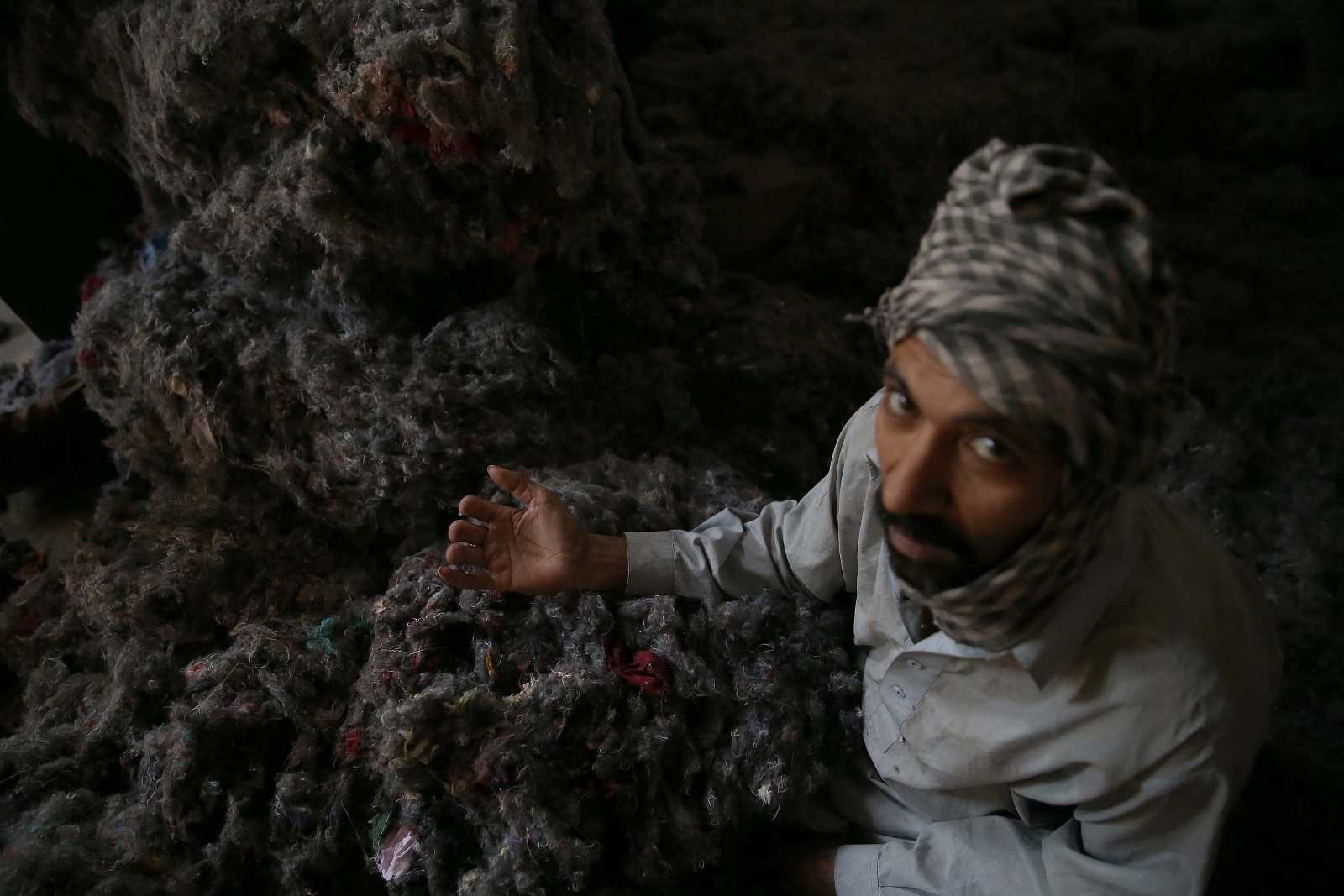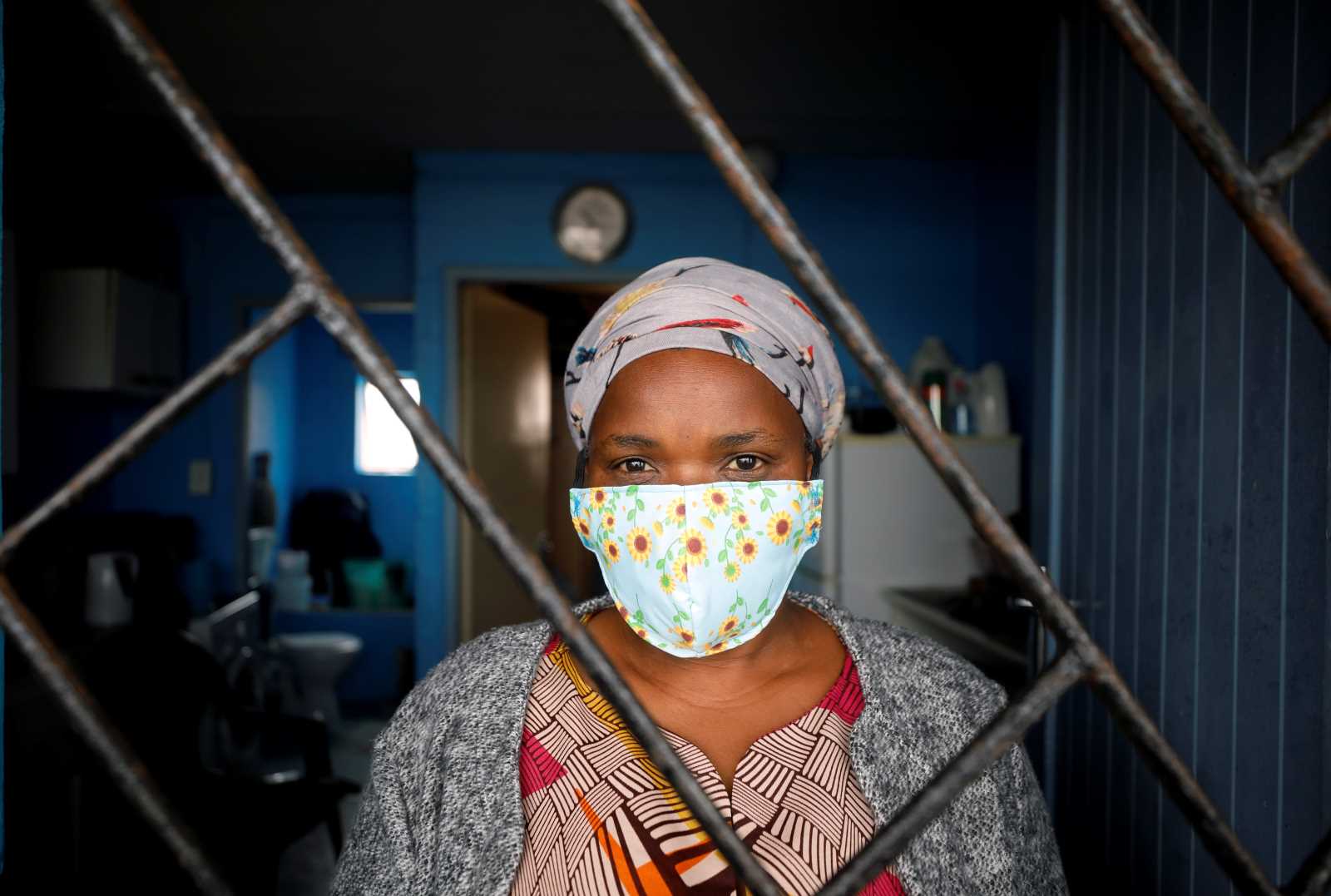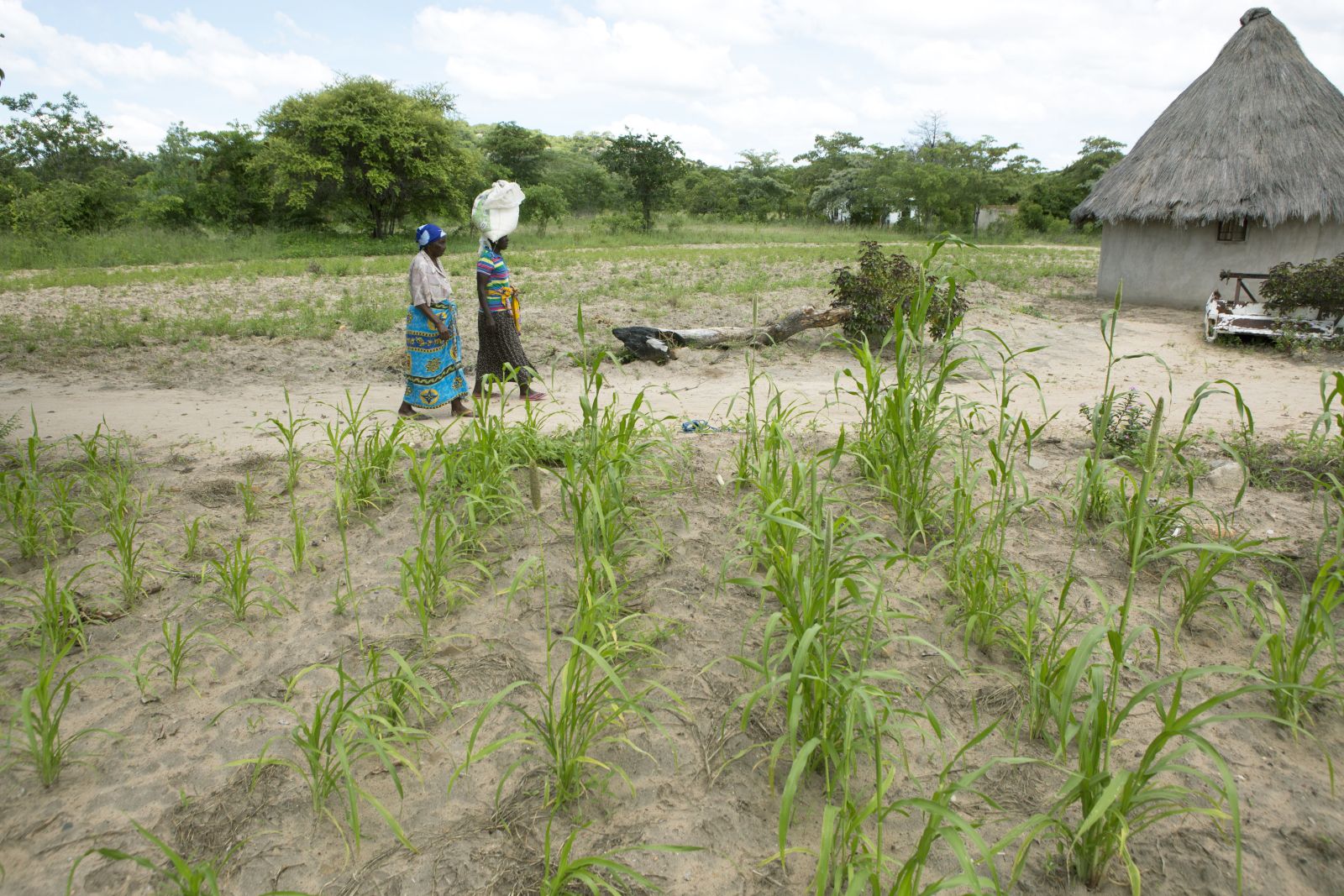Loans
Challenges ahead

TYM allows 100,000 poor and low-income women easy access loans that are worth up to 30 million dong (the equivalent of $ 1,400). Women use the loans to invest in small businesses that generate incomes in support of their families’ livelihoods. In this regard, this microfinance institution (MFI) is like many others all over the world.
TYM is owned by the Vietnam Women’s Union (VWU), a non-governmental organisation that is aligned to the country’s ruling Communist Party. The mission is to improve clients’ socio-economic situation. It also offers savings schemes that are safe and convenient. TYM clients are insured if they or family members die or must be hospitalised. Moreover, TYM invites clients to participate in a variety of social events and training activities.
Almost 400 TYM staff serve clients with commitment and growing professionalism. The officers are personally dedicated to their work because they are from the communities they serve. In contrast to many commercial banks, TYM’s incentive system does not only take into account financial results but also assesses the quality of advice and related services. The MFI is promoting professional skills and performance.
In the long run, the parent organisation intends to turn the TYM into a full-blown savings bank according to the German model (see box next page) while focusing on female clientele. The purpose is to promote financial inclusion in the sense of granting everyone access to the services the financial sector provides.
The Vietnamese are a resilient, smart and entrepreneurial people. Their country’s history is full of heroic struggles against foreign invaders. In 1986, the Communist government started an economic reform programme (“Doi Moi”), and the nation has since witnessed spectacular growth rates. A quarter century ago, Vietnam was one of the world’s poorest countries, but the World Bank now ranks it as a lower middle-income country with an annual GNP per capita of about $ 1,250.
Government action
Microfinance has contributed to development, and the government has played the dominant role in the sector. In the early 1990ies, the state-owned Bank for Agriculture and Rural Development set up a branch that disbursed small loans at low interest rates. This branch later became the Vietnam Bank for Social Policy (VBSP), which still belongs to the government and now provides cheap credit to about 7 million people.
VBSP has a huge impact on its clients, as well as on the financial system and the economy in general. According to its own data, the bank has helped over 3 million people to escape poverty and several millions more to improve housing, send children to school or create jobs. Moreover, other government-backed banks and cooperatives called People’s Credit Funds are also providing loans to poor and low-income households. On paper, there is an excellent outreach to about 10 million to 12 million borrowers.
VBSP charges interest rates of five to eight percent per year. That is about half the rate of commercial banks and a third of what non-governmental MFIs such as TYM demand. MFIs have thus been forced to keep their interest rates as low as possible. Indeed, Vietnamese MFIs on average charge only half the interest rates of their peers in India, Cambodia or the Philippines.
Nonetheless, government-sponsored microfinance remains cheaper, and non-governmental MFIs have not grown as fast in Vietnam as in some other Asian countries. They reach about 700,000 people, a mere five percent of the country’s poor and low-income families.
Apart from reducing the scope of non-governmental MFIs, government-subsidised credit has other serious downsides. When borrowing becomes too easy, people are attracted who cannot service loans and will eventually default. Moreover, families start to use credit for consumption rather than productive investments.
The government spends an annual $ 50 million to $ 200 million in support of VBSP. Accordingly, VBSP has little incentive to mobilise savings from the poor. Doing so, however, would serve a dual purpose:
- It would help clients to make the most of their savings by paying them an interest rate.
- It would raise capital for investments in productive enterprises.
Ultimately, it would be better if the government spent more money on schools, health care and infrastructure in general instead of distorting competition in the microfinance sector.
Non-governmental strengths
Against the odds, TYM and other MFIs are becoming increasingly popular. One reason is the holistic approach. From the first day, TYM considers its clients “members”. Loans are granted when they are needed, not when the government disburses fresh money. The TYM approach is caring in the sense of educating members in financial matters and assessing diligently whether they will be able to pay back their loan. All members are encouraged to save so they build their own assets, and such assets help them to get a higher loan in the future.
TYM has an excellent repayment rate of 99.9 %. It is true, of course, that Vietnam’s business spirit is great in general, so the repayment morale is strong too. However, the loyalty of TYM members to their MFI is particularly enduring, and they are obviously prepared to pay a premium for TYM’s services. On this basis, and thanks to strict cost controls and efficient operations, TYM has been profitable for 15 years. Profits are invested in expanding outreach.
Until 2005, MFI operations were considered to be mostly charitable and too small to deserve much state attention in Vietnam. Things changed because microfinance was promoted at the international level, for instance by the Asian Development Bank and other donor agencies.
In 2005 and 2007, Vietnam’s government adopted two decrees on microfinance, and in 2010, paragraphs on microfinance were included in the revised banking law. However, only three MFIs have received an official licence so far, and TYM was the first. Other contenders, however, seem to have lost interest, which is probably due to the fact that the regulations are quite demanding. The supervising agency is the State Bank of Vietnam (SBV), the central bank. Its licensing department certainly has the best intentions and, thanks to ample technical assistance from advanced nations, understands international practice. It is one thing to draft a law, however, and another to implement it.
The SBV relies on more than 60 regional offices throughout the country. Its local inspectors seem to be a bit out of their depth when dealing with MFIs. For instance, inspectors were surprised to discover that TYM’s very basic branch offices use neither armoured cash transporters nor sophisticated software for real-time transaction tracking. These things are not needed, and they would drive up costs disproportionately in view of the small sums TYM typically handles. For obvious reasons, it does not make sense for a smaller MFI with some 10,000 clients or so to start to deal with issues of this kind.
TYM, however, wants to grow. It appreciates that the regulations are meant to safeguard performance and protect the interests of poor clients. Requirements that look exaggerated today, moreover, may soon become appropriate.
In an emerging economy like Vietnam, people’s financial needs are not only growing – they are becoming more diverse too. Small MFIs are increasingly incapable of delivering the services required. Loans will certainly stay the major concern in the future, but credit products must become more varied and flexible.
Financial inclusion is about more than credit, however. Today, only 25 % of the Vietnamese people have a bank account. People from rural areas who have found work in cities must be enabled to send money home to their villages. The government encourages non-cash transactions. The number of credit and debit cards and the ATM network are growing fast. The financial sector must become better at mobilising savings moreover. So far, most people withdraw money as soon as it is credited to their account.
There is even more scope for progress. No serious attempt has been made so far to introduce mobile banking even though there are 1.3 mobile phones per person in Vietnam. The informal sector is huge, as 80 % of the work force are self-employed or work without contracts. Most farmers, construction workers and shop assistants, for example, do not have health insurance, life insurance or any kind of retirement scheme. Basically, the insurance business must yet emerge in Vietnam.
To promote financial inclusion in a comprehensive sense, a variety of providers will be needed. The government must play its role, in particular by encouraging formal employment and building social security systems. It will also have to create more space for private initiatives.
TYM is determined to be one of maybe half a dozen MFIs that will play an important role in the emerging modern financial sector. The vision is to double the number of clients by 2017 and provide them with a wide – and widening – array of adequate, demand-based financial and non-financial services. The owner-approved microfinance strategy foresees the option of creating a Women’s Savings Bank by 2020. TYM could achieve that goal if it managed to provide services to only half of 15 million members of the VWU, its parent organisation.
The greatest challenge is probably to develop staff capacity. Today, TYM staff are excellent community workers with reasonable credit skills. In the future, they will need to become financial advisers and client managers. Operations have already been computerised to a considerable extent, but more needs to happen. Massive investments are needed. The MFI will have to be profitable, moreover, because it is not subsidised.
As TYM grows bigger and more professional, there will be concerns about “commercialisation” or “mission drift”. The management, however, will ensure that the institution stays in touch with the communities it serves. The long-term goal is to promote comprehensive financial inclusion all over Vietnam.
Duong Thi Ngoc Linh is the general director of the Vietnamese microfinance institution TYM. TYM is supported by KfW on behalf of Germany‘s federal government.
Jörg Teumer is the representative of Sparkassenstiftung für internationale Kooperation (Savings Banks Foundation for International Cooperation, SBFIC) in Vietnam and advises TYM. joerg.teumer@gmx.de













